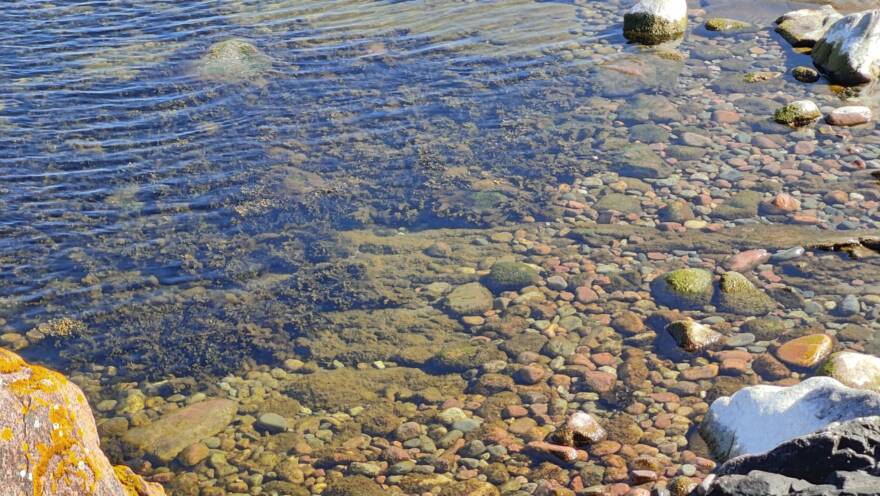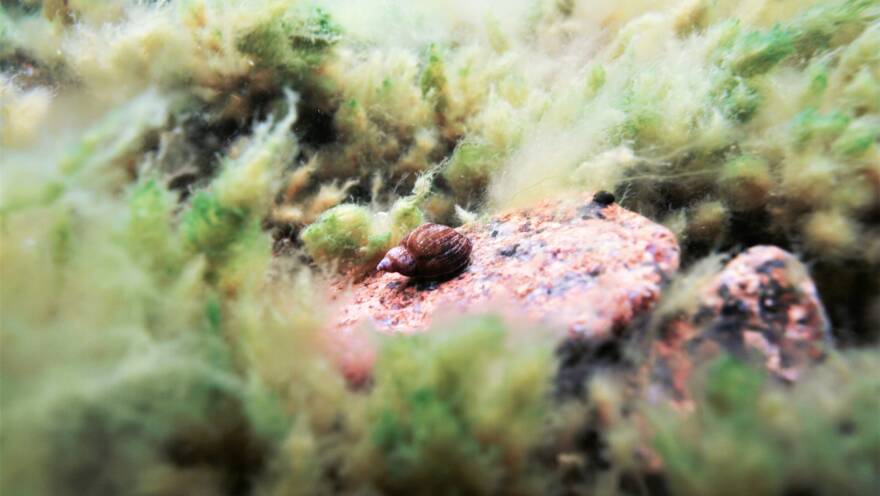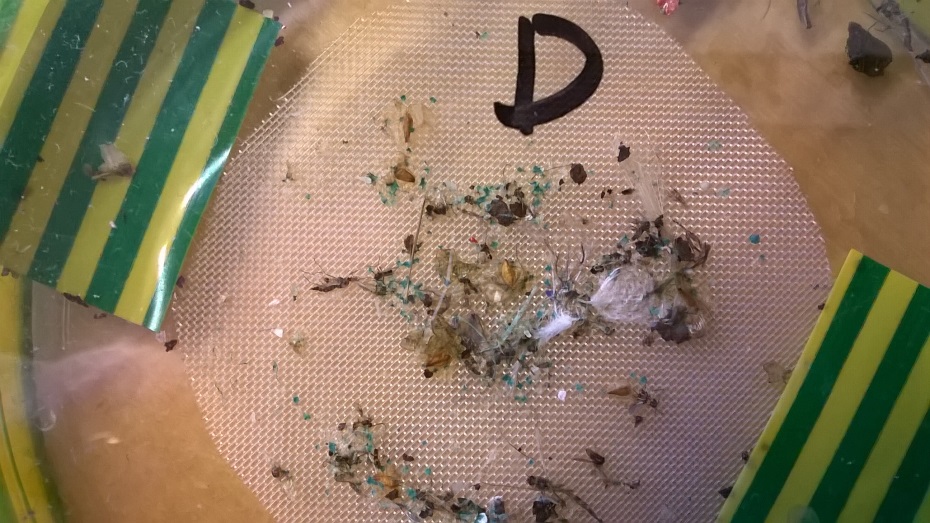
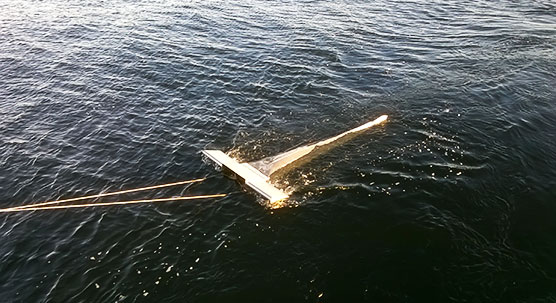
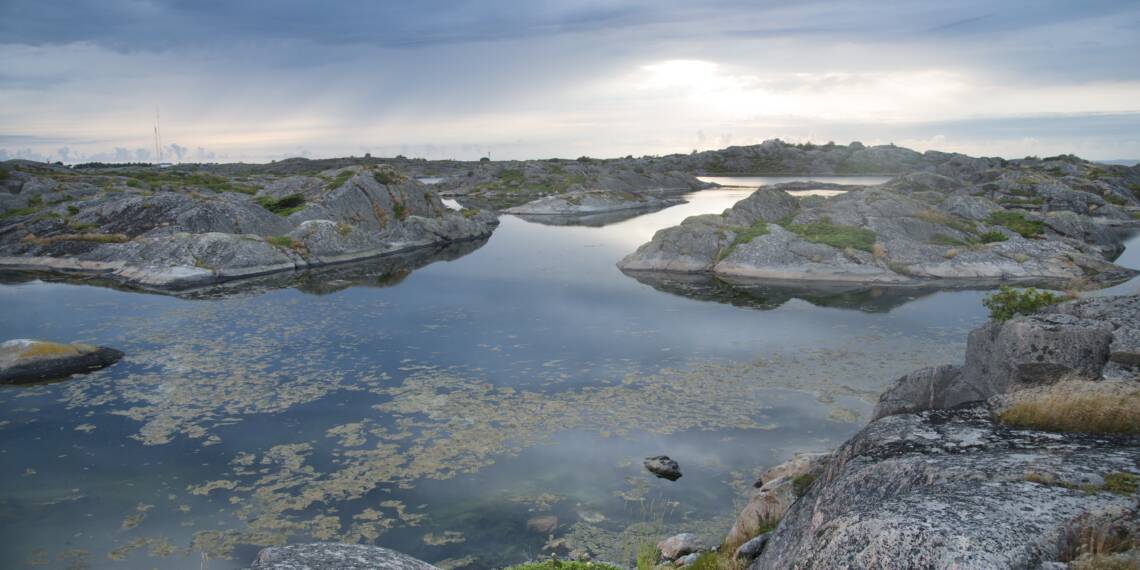
Water surrounds all of the organisms of the Baltic Sea. Many species get their food directly from the water or breathe the oxygen dissolved in it. Thus, in many ways, the marine life is dependent on the quality of the water.
Research relayed to water quality examines both the state of the sea, as well as the basic conditions for marine life. Changes in water quality are indicators, for example, of eutrophication or the effects of climate change. Therefore, such research provides an important knowledge base for marine management.
Water quality in the Baltic Sea is studied and monitored by the Finnish Environment Institute, the Finnish Meteorological Institute, as well as the Coastal, Economic, Transport, and Environment Centres (ELY Centres). Measurements are taken both in the open seas and in coastal areas.
Water can be measured for a variety of things, including temperature, salinity, and oxygen content. Also important are water turbidity, algal abundance, and visual depth. Nutrients which cause eutrophication, such as nitrogen and phosphorus are also monitored. One of the most recent subjects for research is marine litter.
Measurements are made from water samples taken at different depths. These samples show, for example, whether there is sufficient oxygen in the water near the seabed or whether it has become depleted. If a sample from a deep basin is high in phosphorous but very low in oxygen, it is probably because the phosphorus has been released into the water under anoxic (oxygen-free) conditions.
Furthermore, the observed regional differences in nutrient concentrations at the water surface may reveal the sources of the nutrient loading itself.
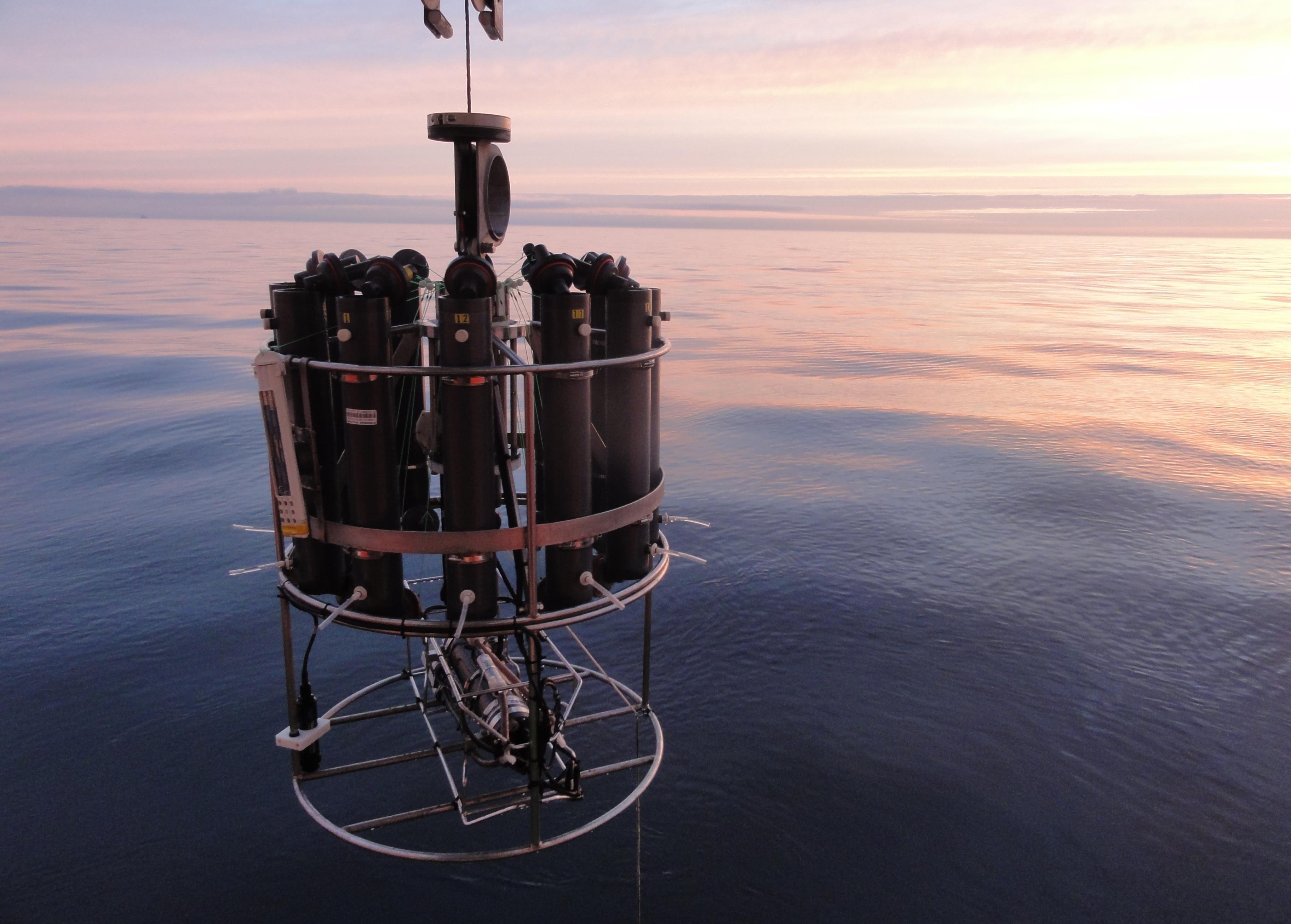
Generally speaking, marine organisms are sensitive to salinity. The salt content of the seawater must be just right for them to survive and reproduce. In the Baltic Sea, salinity varies between regions and depths, as well as over time.
Salinity measurements are used to monitor the periodic movements of saltwater from the North Sea into the Baltic Sea. These salt pulses have an impact not only on living conditions of the seabed but also on the status of the entire Baltic Sea.
Salinity measurements can also act as indicators of climate change. As rainfall and heavy rains increase, the salinity of the surface water decreases.
Some research is done with the aid of satellites. Satellite observations provide information particularly on algae levels, water colour, and turbidity. From such images, it is possible to determine those waters where blue-green occur or where sediment material carried by rivers to the sea has made the seawater turbid.
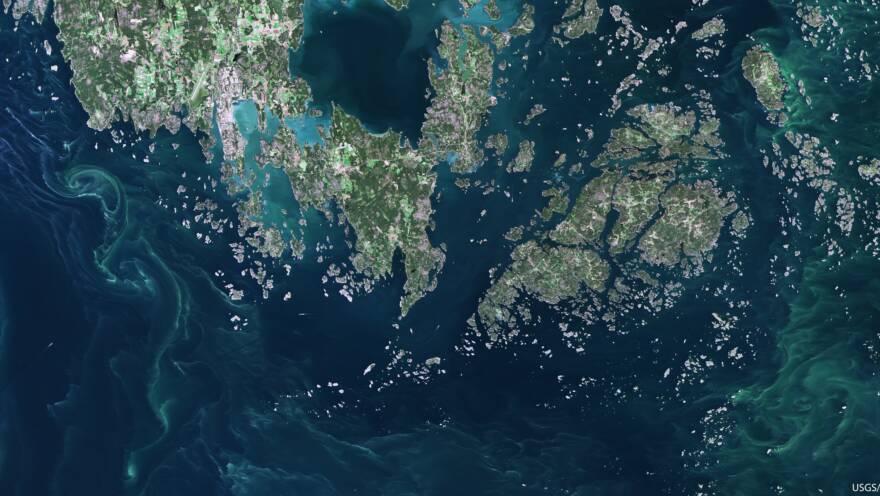
In the Baltic Sea, eutrophication has reduced water transparency. On the other hand, eutrophication has increased the abundance of shade-causing plankton. This shading effect impacts on plants and algae attached to the bottom. They will not survive as deep as before because there is not enough light there for them to photosynthesize.
Eutrophication continued until the early 2000s in most Finnish open sea areas. Since then, further development has levelled off. After the beginning of the millennium, the Gulf of Finland and especially its eastern parts have ceased to be eutrophic and have begun to recover slightly. This positive development has been due to more effective water protection measures. Internal processes regulated by weather conditions in the Gulf of Finland have also contributed to this improvement.
Marine littering has been identified as a problem in all the world’s seas. Although the litter material varies, most of it is plastic. Plastic is washed into the sea mostly from the shores, but also from abandoned fishing gear, also known as so-called “ghost nets”.


In the sea, waves and ice grind plastic debris so that they break into ever smaller pieces and become known as micro-plastics. These micro-plastics are easily ingested by organisms and spread through the food chain.
In Finland and elsewhere in the European Union, the quantity and quality of rubbish are being studied. Micro-plastics are collected once a year by dense nets which are pulled alongside vessels. In the future, it is also planned to investigate the litter that has already sunk to the seabed.
